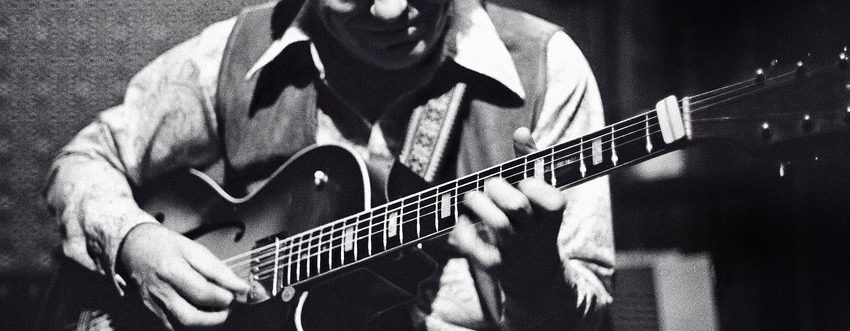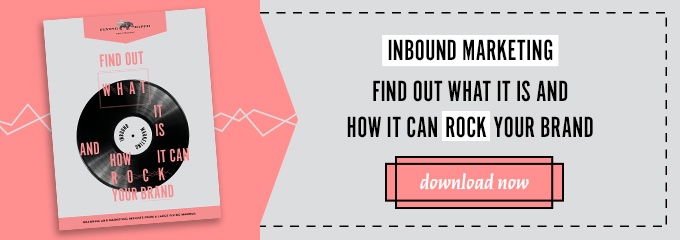 Marketing
Marketing
5 Inbound Marketing Lessons I Learned from Spotify marketing
As I look up from my computer and glance around the office, I notice that about half the office has their headphones on or earbuds in while they’re plugging away at designing, coding or writing.
And, assuredly, everyone’s listening to music and we can’t help but applaud Spotify marketing. For those of us in the creative industry who need a little background music to get the old’ idea muscle ticking, it’s a godsend.
While iTunes may be the biggest music store in the world, Spotify’s 12.5 million paid subscribers (and 50-plus million users) are nothing to scoff at. You can really find anything you want on Spotify, from ABBA to ZZ Top, with oodles of truly weird stuff in the middle.
With over 30 million songs available for free (notwithstanding commercial interruption, natch) it’s no surprise it’s the music delivery system of preference for a whole generation. The company has nearly doubled its revenue in the past year and shows no signs of slowing down, despite Taylor Swift’s protests.
When a company is so successful and ubiquitous, there’s something to be learned – especially for inbound marketers.
Here are 5 key inbound marketing lessons I learned from Spotify marketing.
1. Great Content Always Wins
I can think of only one or two instances where the album I was looking for wasn’t on Spotify. It must have been a truly herculean task to acquire the rights to the millions of songs on Spotify, but it has paid off. There’s really no reason to go anywhere else or switch to a different website to find the album or song you’re looking for.
When you create content for your audience, always aim to scratch their itch and answer their questions. Great content keeps people interested, engaged and on your site – and doesn’t give them an excuse to go anywhere else. It’s really what differentiates inbound from outbound marketing, so it’s not to be taken lightly.
2. It’s (Sometimes) OK to be Background Noise
As I’m writing this sentence, I’m listening to a song. The singer is singing some lyrics he obviously took some time to craft – but I’m not really paying attention to the message. The guitar, the bass and the drums are enough to keep me engaged and tapping my toe.
Whenever you create inbound content, you’re shooting for the stars. You’re Babe Ruth, calling his shot over the outfield fence at Yankee Stadium. But, of course, sometimes that falls flat.
Your content won’t always resonate with everyone. There’s no perfect piece that will guarantee get you 15,000 leads, all ready to throw money at you. And that’s ok. By creating content that answers the questions of potential customers, you might get a customer or two right off the bat – but everyone who consumes it will know it was done by you.
Learn more here about buyers’ personas.
And when they’re ready to buy, they know who to come back to the company that knows what they’re talking about. (And, no matter what, all quality content builds search engine rank.)
3. Branding and Design Are Crucial
On Spotify’s “Discover” and “Related Artists” features, I’ve stumbled across a bunch of new bands I wouldn’t have otherwise discovered. And (with apologies to librarians everywhere) sometimes you do have to judge a book by its cover. Judge it by its branding.
If you’re in the mood for something mellow and bouncy – but want to try something new – you probably wouldn’t take a chance on a band with a name like “Pallbearer” that features a band photo of a bunch of tough-looking dudes with beards and leather jackets.
You can’t take a templated approach to the content that you write and present. Design and branding influence everything we do, and it’s a huge part of the reason that we choose to buy product A over product B. By matching the design and branding of each piece of content to the message you want to convey, you pack a one-two punch that your customers can’t refute.
4. Embrace “Auto-Pilot” Browsing
Picking out music can be exhausting. Finding the precise album or song or genre to fit the mood you’re in can be a chore in and of itself. So sometimes I pick an album that I like and let Spotify Radio take the wheel for a while. 90 percent of the time, things work out great.
With inbound, it’s important to build up a nearly inexhaustible trove of content and constantly offer more to your customers. After they’re done consuming one piece, give them another. And another. And another.
Sometimes, people just want to learn everything they can about your company. By linking all your content together and constantly offering more, you’re letting them browse at their own pace – and not giving them the option to tune out.
5. Keep it Social
The “friends” feature on Spotify adds a layer of interactivity to music consumption that was never there before (and a tinge of embarrassment, if you’ve listened to “The Safety Dance” 17 times in a row). Friends can send you music, you can send them music and you can see what they’ve been listening to. It’s pretty neat.
If you want to be successful with inbound, you’ve got to share and stay social. If someone comments on a Facebook post, reach out to them. When someone downloads some gated content, reach out to them not only as a lead but as a Twitter friend.
Photo courtesy tommarcello


